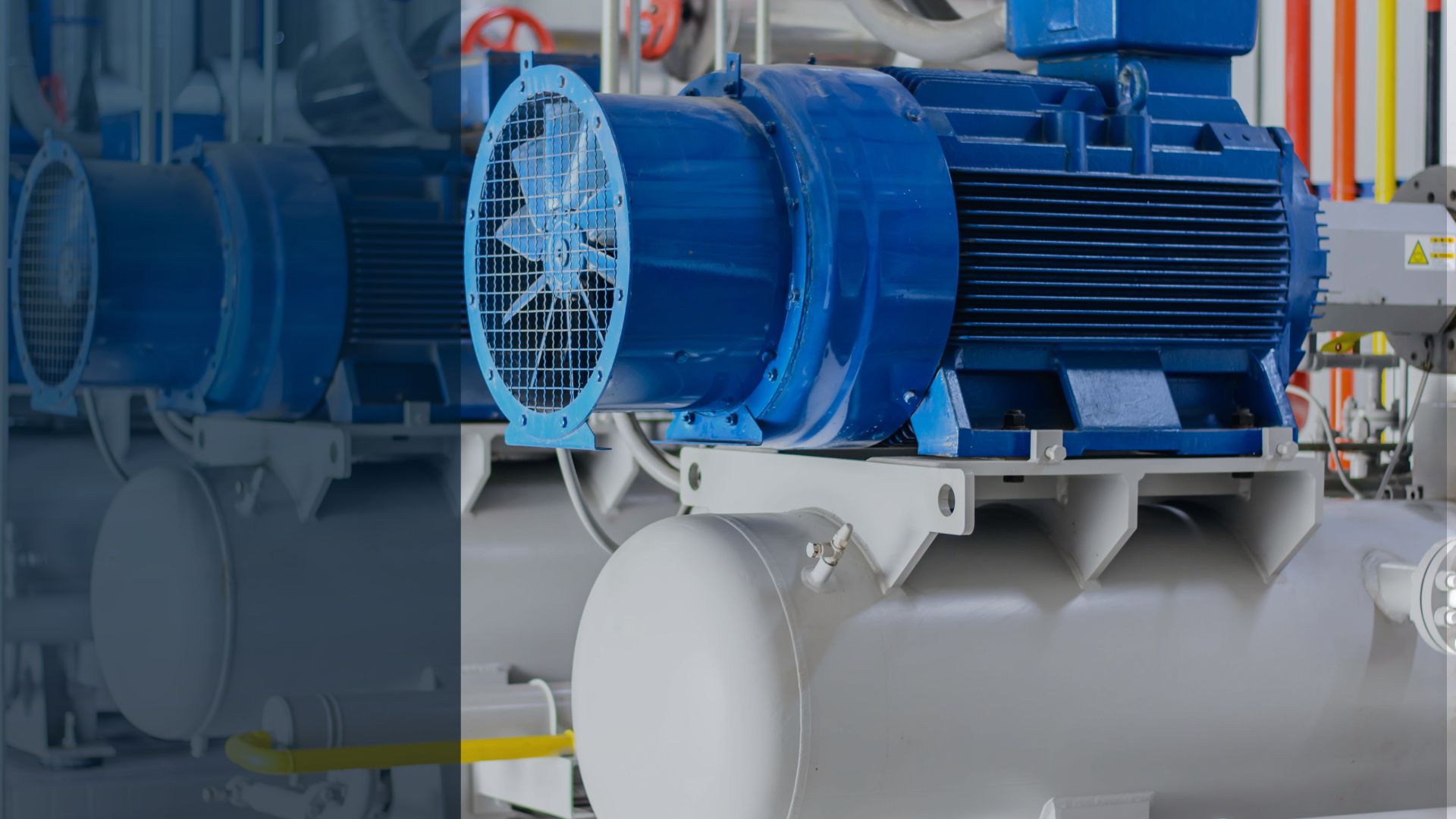Why is smart building necessary?
In December 2021, the European Commission published a document on smart energy building entitled “Making our homes and buildings fit for a greener future”. It states that buildings are the largest consumers of energy in Europe (they spend 40% of the total) and one of the largest emitters of energy-related GHG (36% of the total). This is extremely worrying, as it puts the viability of Europe’s 2030 environmental commitments at risk. For this reason, the EU has launched numerous projects and issued several directives to advance towards a construction model based on smart building principles.
The adoption of this set of measures reinforces the idea that major transformations in energy efficiency, renewables and in the transition towards a green economy must permeate all areas of our daily lives. If we want to achieve this goal, our homes, offices, warehouses, workshops, etc., must become smart buildings, for which reason it is crucial that we make use of building automation systems.
However, in order to understand the importance of intelligent building management systems, we must start by talking about some of the European regulations and initiatives related to the energy efficiency of buildings.
European initiatives and smart energy buildings
EU’s main concern in this respect is to encourage the development of systems, applicable to both existing and new buildings, that promote sustainability through efficient energy use and a limited environmental impact. This will tackle major problems (such as energy poverty) and will bring benefits such as the creation of new job opportunities, an impulse for the economy and the improvement of the quality of life.
One of the latest measures is a proposal for recasting the EU Directive on Energy Efficiency, which aims to update the 2012 text in accordance with the binding agreements included in the “Fit for 55 package”. Among the suggestions aimed at improving smart energy building in Europe, we could mention the fact that this Directive aims to double the energy saving ratio to which the Member States had already agreed. Specifically, between 2024 and 2030, MS would be obliged to increase their annual energy savings rate from 0,8% to 1,5% and, in addition, their primary energy consumption and final energy consumption reduction targets for 2030 would have to be more ambitious (39% and 36%, respectively). Article 6 has also been modified to make it compulsory to renovate at least 3% of public buildings every year in order to transform them into nearly zero-energy buildings (NZEB).
NZEBs, according to the “Energy performance of buildings directive”, are those that achieve very high energy performance rates, considering factors such as insulation, HVAC installation or the building’s design itself. This does not mean that they do not require some additional energy input, but that this should always be obtained from renewable energy produced locally.
The Effort Sharing Regulation 2021-2030 sets different emission targets according to each country’s gross domestic product (GDP) per capita to match its transformation capacity, which means that richer countries have a greater responsibility than the poorer ones. However, targets are also adjusted to reflect the cost-effectiveness of the projects carried out in those MS whose GDP per capita is above average. This has resulted in targets such as the reduction in emissions (oscillating from 0% to 40%) compared to 2005 levels, although it should not be forgotten that this is meant to be a linear progress that uses each country’s average emissions between 2016 and 2018 as a starting point.
Another interesting element is the “banking” system that has been implemented to make this transformation more flexible. It consists in the possibility of buying and selling emission allocations from and to other countries. Thus, in years in which a country exceed its emission limits, it can borrow emission allocations from the following year or it can buy them. On the contrary, if a country does not emit as much as it is allowed to, it can accumulate surpluses or it can access an EU emission allowances market in order to sell this surplus to finance modernisation projects.
Regarding this mechanism, the construction and the road transport sectors will have an independent emissions trading system. However, both of them have major social implications and, consequently, the EC has proposed to set up a Social Climate Fund that would be endowed with a share of the benefits derived from the auctioning of emission allowances.
Its main objectives would be to provide direct and temporary financial support to vulnerable households and to support a country’s investment to reduce these sectors’ GHG emissions so that SMEs’ running costs can be reduced. In particular, these investments should be aimed at ensuring accessibility to cleaner means of transport, at increasing building’s energy efficiency and at the decarbonisation of heating and cooling systems through the utilisation of green energy sources.
Building automation systems
In this context, adaptation is an indispensable capacity and, although we have already talked about industrial energy management in other articles, we must understand that this is only one of the many aspects that must be considered.
What are building automation systems?
Automation is not only useful to gather information about a business’ energy consumption to improve efficiency, but it can also be applied to non-industrial processes (such as turning lights on and off or controlling a room’s temperature). Its target, however, is shared: promoting the optimal usage of resources, thus reducing the building’s impact on the environment.
To this end, building management systems (or building automation systems) are applied. These are defined as the compendium of technological tools designed for the automated, efficient, global and smart management of non-residential buildings. Thanks to TBM (technical building management) functions, information about energy management, maintenance needs, usage/expenditure trends, etc. is collected, which enables building automation to act in order to find the equilibrium between the needs of the users and energy saving. This helps to limit a building’s environmental footprint while it increases the occupants’ well-being and safety.
Smart building management solutions
The implementation of building automation systems is one of the most important factors when transforming a building into a smart building. However, how many types of technological solutions are there?
The building automation functions that influence the optimisation of energy consumption in non-residential buildings can be divided into three groups (according to the Spanish Association of Domotics and Inmotics).
Automatic regulation of:
- Artificial lighting and blinds
- Heating and cooling systems
- Air conditioning and ventilation
Building’s control and automation:
- Adaptation of the system to the user, e.g., through the creation of routines
- Centralised automation options (such as adjustable controllers)
TBM with applications for energy efficiency:
- Reporting on consumption, system’s status, improvement opportunities, etc.
- Identification and diagnosis of faults
The benefits of applying smart building management solutions
In our article “Energy saving project in hotels” we have already stated that, according to the EC, electricity consumption in hotels is responsible for 40% of total energy expenditure and that 45% of this corresponds to lighting. Consequently, it is clear that investing in building automation systems will have a substantial impact and, in fact, the European Commission itself sets this impact at a margin between 7% and 60%.
Another significant energy expenditure in non-residential buildings is caused by heating and air-conditioning systems. In many European countries, temperatures vary greatly depending on the season and, in some regions, these can be extreme both in summer and winter. To cope with this situation, temperature control systems are often misused, which derives on environmental and financial costs. So much so that heating, air conditioning and domestic hot water usage account for 80% of the energy consumed by citizens.
So, on the one hand, it is essential that workers perform their tasks under optimal temperature conditions (both for safety and productivity reasons), but, on the other hand, it is undeniable that wasting energy is not an option. Thanks to intelligent building management systems it is possible to establish routines that programme, for example, the times at which heating and air conditioning systems should function or to relate this temperature adjustment to other parameters such as the number of people who are inside an office.
The costs related to ventilation and maintenance cannot be overlooked either, as air quality affects both the worker’s health and productivity, and it depends to a larger extent on a well-maintained ventilation system. Nowadays, being the COVID-19 still a reality, building automation can help us to keep ventilation systems in perfect condition and to control CO2 levels, so that only the strictly necessary energy is spent. On the other hand, it must be taken into account that the dismantling and recycling/disposal of damaged ventilation equipment has an extremely high environmental cost. Therefore, proper maintenance reduces life-cycle costs significantly.
Building automation systems also provide with safety. Smoke/CO/methane detectors, alarms, cameras, safe lights and many other devices can work in an interconnected and optimised way thanks to the development of building automation systems and IoT, which helps to increase safety levels.
Finally, we cannot end this article without mentioning integrated energy management. More and more European regulations are demanding a more exhaustive control of energy consumption and many of them establish requirements for the implementation of monitoring, control and automation tools in buildings.
An example of this is the Spanish “RD 178/2021, of 23 March, amending RD 1027/2007, of 20 July, by means of which the Regulation on Thermal Installations in Buildings is passed”. According to the legislative text, the design of thermal installations must facilitate the incorporation of renewable and residual energies into the energy mix, as well as allow for maximum energy recovery.
Consequently, building automation systems should make it possible to:
- Manage data related to energy consumption (which adds value to industrial big data) and adapt consumption.
- Analyse the level of energy efficiency (opportunities for improvement, detection of faults, etc.).
- Interconnect pieces of equipment to achieve the resources’ global management.
Do you want to know more about industrial monitoring?
More information on big data and industrial automation



